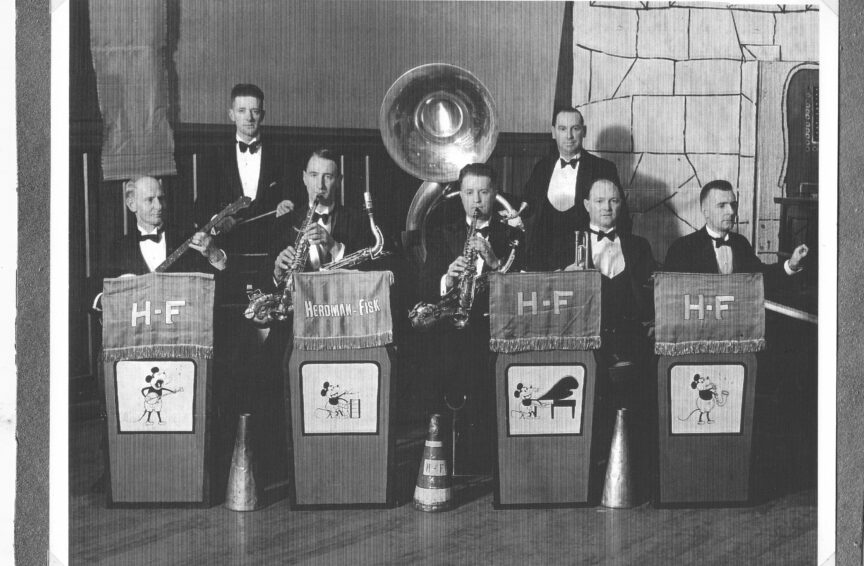PO Box 95
Lyttelton 8841
Te Ūaka recognises Te Hapū o Ngāti Wheke as Mana Whenua and Mana Moana for Te Whakaraupō / Lyttelton Harbour.
Bags of Style
An online search of Te Ūaka's collection using a specific keyword or theme can reveal all manner of intriguing objects which convey stories of particular times and cultural practices.
Our first item is a well used carpet bag, a style of travel luggage in widespread use from the mid 1800s. Often made by saddle makers, they were a simple design with a frame at the top to support the opening and were relatively inexpensive to produce from offcuts of Oriental rugs or 'Brussels' carpeting. Lighter and more portable than a wooden or metal trunk, a good quality bag could last a lifetime, as evidenced by this example.
Such bags met the needs of those wanting to carry a few essential possessions with them on a journey; you might well imagine an English woman in the 1850s, fresh off the migrant ships to Ōhinehou Lyttelton, trudging over the Bridle Path with a carpet bag in one hand and a child perched on her opposite hip. Much later, in the hippie heyday of the 1960s, the popularity of the carpet bag enjoyed a resurgence, with a renewed appreciation of their practicality and the well worn patina of century old fabrics.
Our second object is an elaborately beaded fan bag which manifests hours of intricate handwork by its maker, very often the same woman who then carried it over her arm to some elegant occasion. Sometimes referred to as a reticule (from the Latin reticulum for 'net', since early examples were made from netting), or ridicule, they became popular in the early 18th century Regency period and continued so throughout the Victorian era.
A woman's bag might contain little more than a fan and a handkerchief; nevertheless it could be a powerful symbol of status. The folding fan was introduced to Europe from Japan in the 16th century; their popularity soared in Victorian times and they became a hallmark of upper class pretensions in a highly stratified society. They could keep away insects, provide opportunities for coquetry and shield a face from heat, especially important when make up was often wax based!
Our third selection is arguably one of the most unusual items in the Collection – made from a preserved armadillo shell, it is lined with red material and constructed so that the tail makes the handle. The name armadillo translates delightfully from its Spanish origins as ‘little armoured one’ – these mammals, which belong to the same classification as anteaters and sloths, are an important food source in their native Central and South America and Mexico. The animal's shells have traditionally been used in the Andes to make the back of the charango, a type of lute.
Most species of armadillo are not listed as endangered, yet some are considered vulnerable, although the nine-banded Dasypus novemcinctus appears to be increasing its spread across the southern states of the USA. Encountering these creatures in the late 1890s, an enterprising German immigrant, one Charles Aplet of Kendall County, Texas, struck upon the bright idea to turn them into baskets. His Armadillo Basket Factory shipped a staggering 40,000 products globally in its first six years of production. After exhibiting at the St Louis World Fair in 1904, the popularity of the basket resulted in increased production, along with other strange items made from armadillo bodies, such as lamps, desk sets and smoking stands! It is quite likely that the Museum's basket originated from this source, then making its way ‘down under’.

